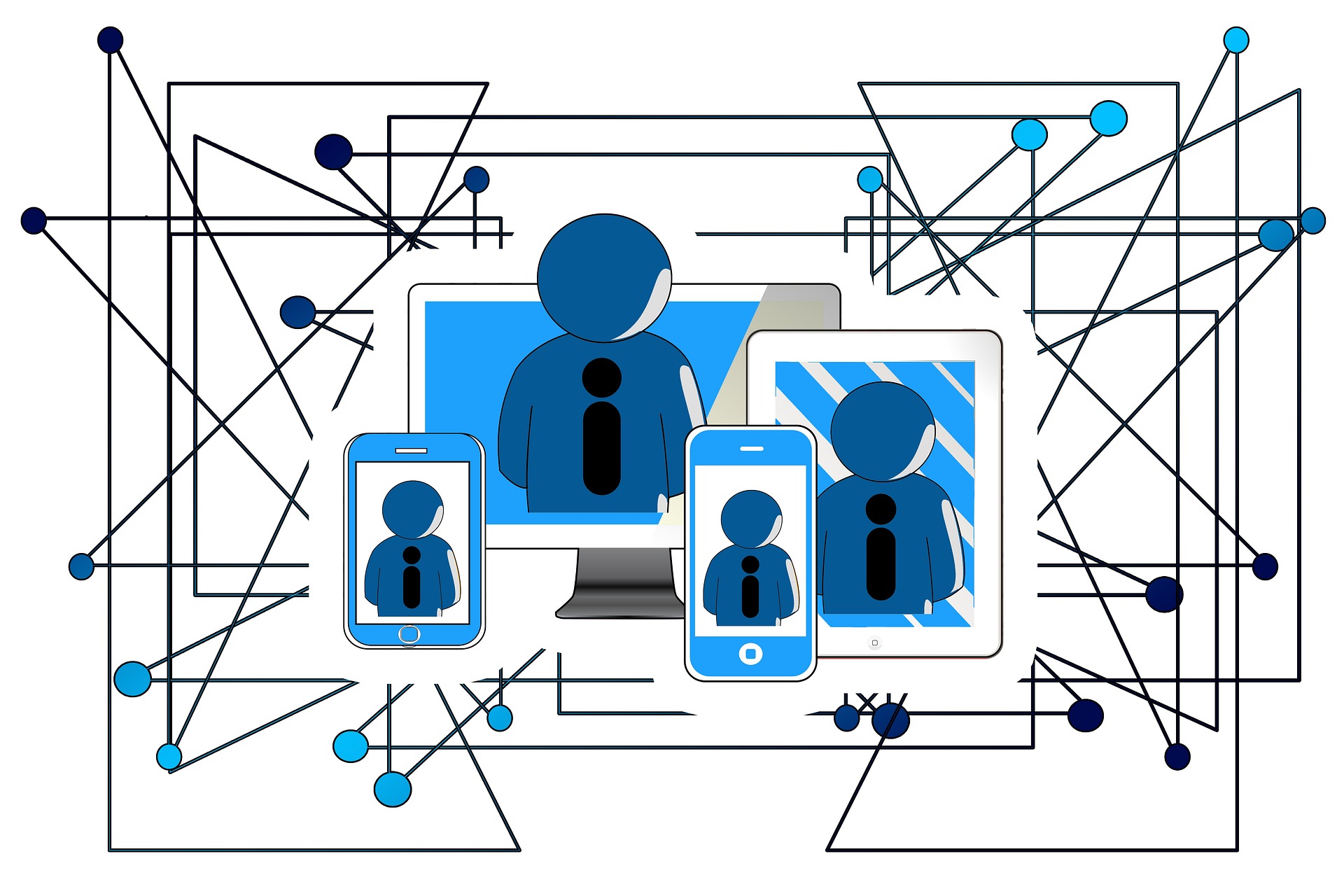Bridging the Digital Divide: The Role of ISPs in Internet Accessibility
As the world becomes increasingly digitalized, the ability to access the internet is no longer a luxury, but a necessity. Yet, there are still many parts of the world where internet connectivity remains a significant challenge. This article delves into the role of Internet Service Providers (ISPs) in bridging this digital divide and the measures they can take to promote internet accessibility.

The Digital Divide: A Brief Overview
The digital divide refers to the disparity in internet access among different communities, usually split along socio-economic lines. This divide is not just about the availability of internet infrastructure, but also about the affordability of internet services and digital literacy.
In the past, the digital divide was more apparent between urban and rural areas. However, the advent of mobile connectivity has somewhat bridged this gap. Yet, the divide still exists in terms of quality of internet service and affordability. Even in developed countries like the United States, about 19 million people still lack access to fixed broadband service.
The Role of ISPs in Internet Accessibility
ISPs play a crucial role in bridging the digital divide. They not only provide the technical infrastructure needed for internet connectivity, but also the services that make the internet accessible and affordable.
ISPs can contribute to internet accessibility in several ways. Firstly, by expanding their infrastructure to underserved areas. This includes not just rural areas, but also low-income urban neighborhoods that are often overlooked by major ISPs.
Secondly, by offering affordable internet plans. High-cost internet services are a significant barrier to internet access for many households. By providing low-cost plans, ISPs can make the internet more accessible to low-income households.
Finally, ISPs can also play a role in promoting digital literacy. This includes providing training and resources to help people understand how to use the internet effectively and safely.
Challenges and Solutions
Despite the critical role they play, ISPs face several challenges in promoting internet accessibility. One of the main challenges is the high cost of infrastructure development, particularly in rural areas where the return on investment is low.
Government subsidies and public-private partnerships can help offset these costs. Several countries, including the United States, have programs that provide financial incentives for ISPs to expand their services to underserved areas.
Another challenge is the lack of competition in the ISP market. In many areas, one or two ISPs dominate the market, leading to high prices and poor service. Encouraging competition, through regulatory measures, can help drive down prices and improve service quality.
Looking Forward
While much progress has been made in bridging the digital divide, there is still much work to be done. ISPs, with their pivotal role in providing internet services, have a significant part to play in this endeavor. It is essential that they, along with governments and other stakeholders, continue to work towards the goal of universal internet access.
The digital divide is not just a technological issue, but a social one as well. Bridging this divide is not just about providing internet access, but also about ensuring that everyone, regardless of their socio-economic status, can fully participate in the digital world.




